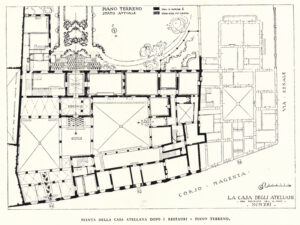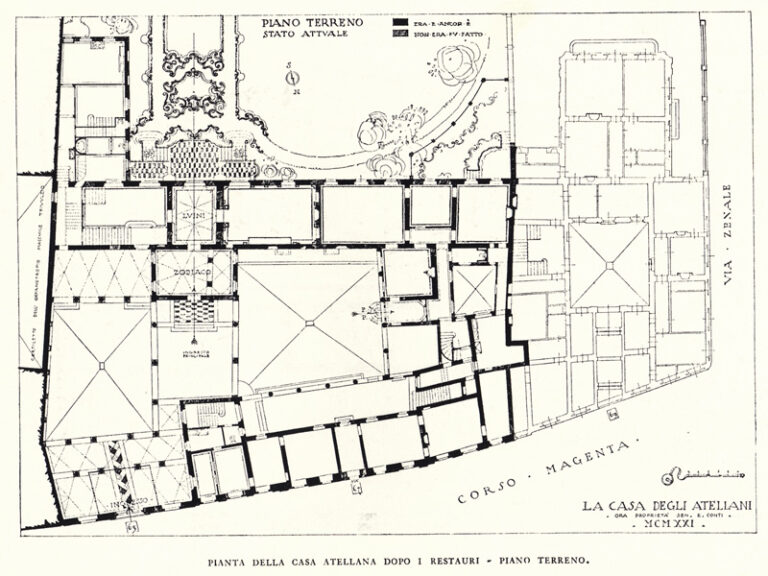La pillola di oggi riguarda uno degli strumenti decisionali che preferisco, per molti aspetti simile alla Design Sprint di cui ho già parlato molte volte e cui ho già dedicato una pillola.
Si tratta di un processo decisionale che dura dai 25 ai 40 minuti e che si compone di otto fasi:
- Individualmente, vengono messi i problemi sul tavolo;
- I problemi vengono presentati e disposti su una kanban board;
- Si selezionano i problemi su cui lavorare;
- I problemi vengono riformulati con l’intenzione di individuarne delle soluzioni;
- Vengono prodotte e prototipate delle ipotesi di soluzione, cercando di svilupparne il maggior numero possibile;
- Si votano le soluzioni preferite;
- Le soluzioni che hanno ricevuto il maggior numero di voti vengono messe in priorità;
- Si decide quale soluzione adottare sulla base di una matrice che considera l’impatto e lo sforzo.
Spesso la Lightning Decision Jam viene presentata come una versione “ridotta” del design sprint o, peggio ancora, come uno strumento commerciale per vendere il Design Sprint. Non è così: si tratta di uno strumento utile in se stesso, che chiaramente non sostituisce il design sprint perché ha obiettivi totalmente differenti, sintetizzabili come:
“Replace all open discussion or brainstorming with a structured process that leads to more ideas, clearer decisions and better outcomes.”
Anche gli argomenti che è possibile affrontare in una Lightning Decision Jam sono totalmente diversi da quello che può essere l’oggetto di una Design Sprint. Il vantaggio della Jam, almeno in questo momento, è anche che la Jam può essere svolta da remoto mentre, come abbiamo già visto, eliminare la War Room da una Design Sprint è una forzatura.
It’s a simple and short, but powerful group exercise that can be run either in-person, in the same room, or remotely with distributed teams.
La risorsa principale di riferimento è questo sito, in cui trovate:
- dei tutorial video;
- una guida scaricabile passo per passo;
- una panoramica generale del metodo;
- un tutorial specifico per svolgere l’attività da remoto.
A questo indirizzo trovate invece un esercizio,
..















No Comments